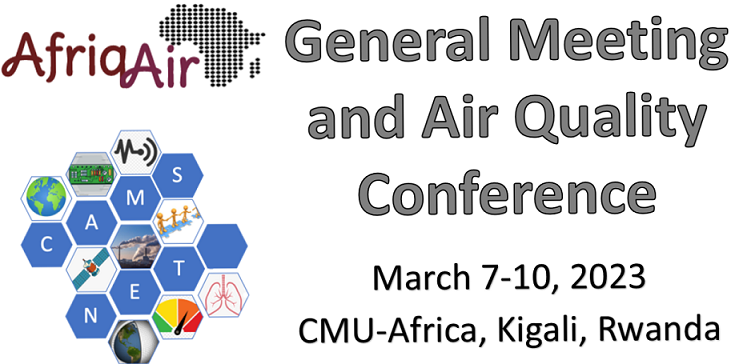Speaker
Description
The increase of the Togolese population and in particular that of the city of Lomé in recent decades has led to the creation of peripheral districts such as Agoè-Minamadou (AM). As a result, various activities have been created to meet the needs of the local population. These activities have an impact on human health and on the environment through the production of air pollutants. To measure and identify the causes of the emissions of fine particulate matter (PM2.5) in the city of Lomé in Togo, a PurpleAir PA-II-SD sensor is placed in AM in order to determine the trends in PM2.5 concentrations. The first results indicate that several activities such as road traffic, wood and waste combustion, domestic activities are the likely causes of fine particles emission in the ambient air in AM. Particle measurements carried out with the PurpleAir (PA) sensor revealed the presence of PM2.5 in the air with daily concentrations varying from 0.01 to 600 µg/m3. Using the teledyne collocation technique, a correction observation was applied to the sensor data at the AM site. Based on this correction observation, the daily average PM2.5 concentrations exceeded 20µg/m3. The amounts of particulate matter produced at AM exceeded the WHO recommended thresholds (5 µg/m3) only during the hours corresponding to the burning of waste within the radius of the AM point.

